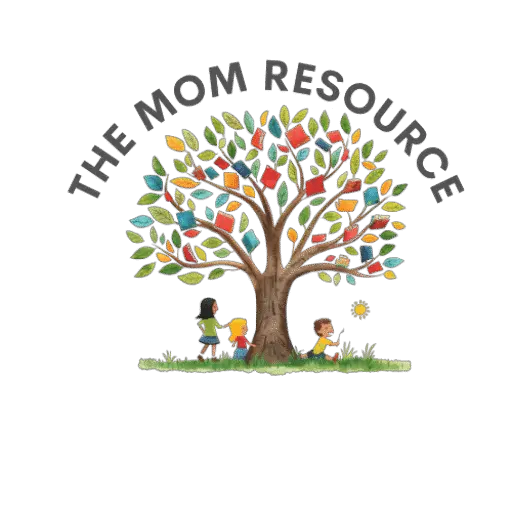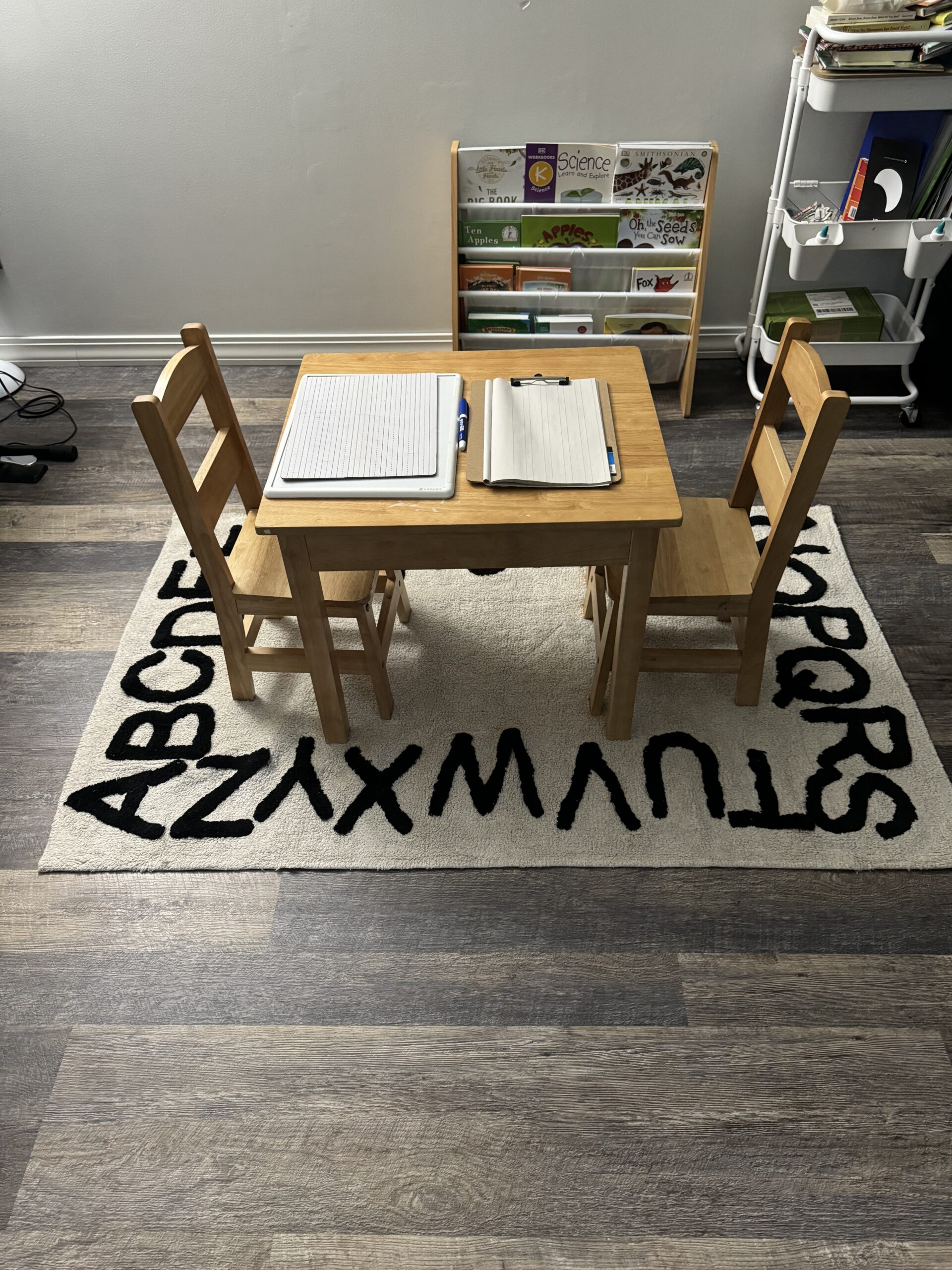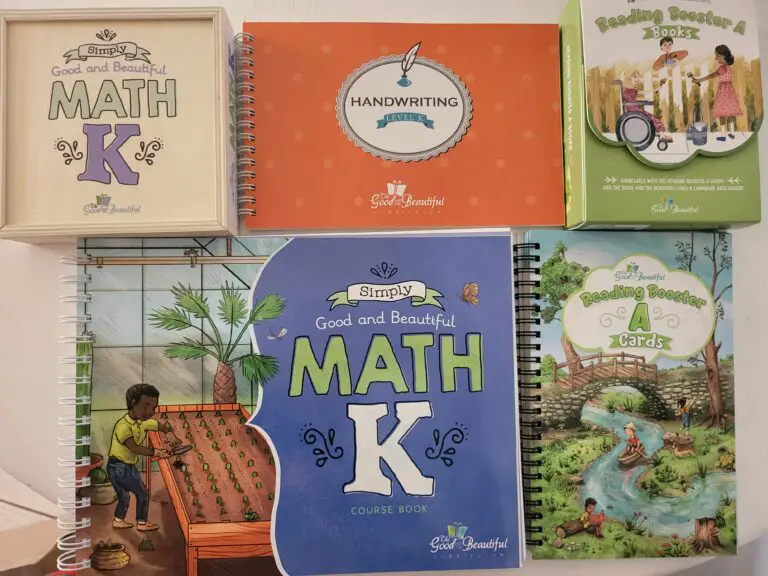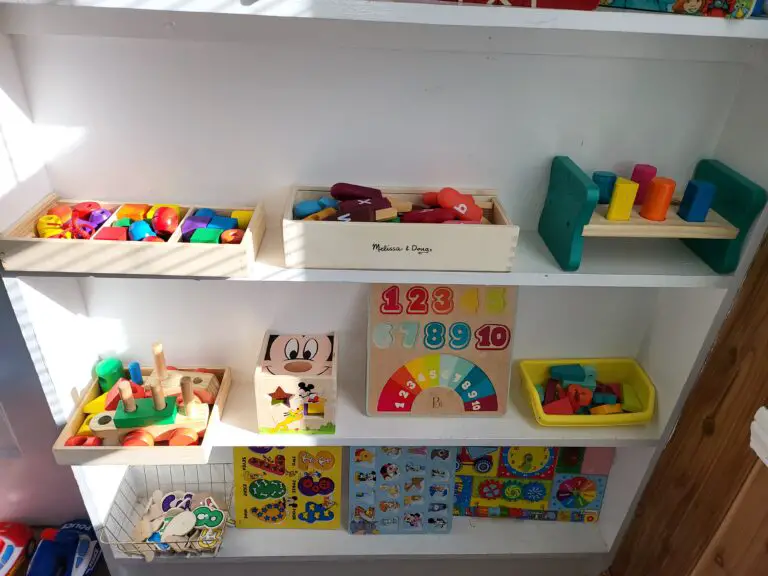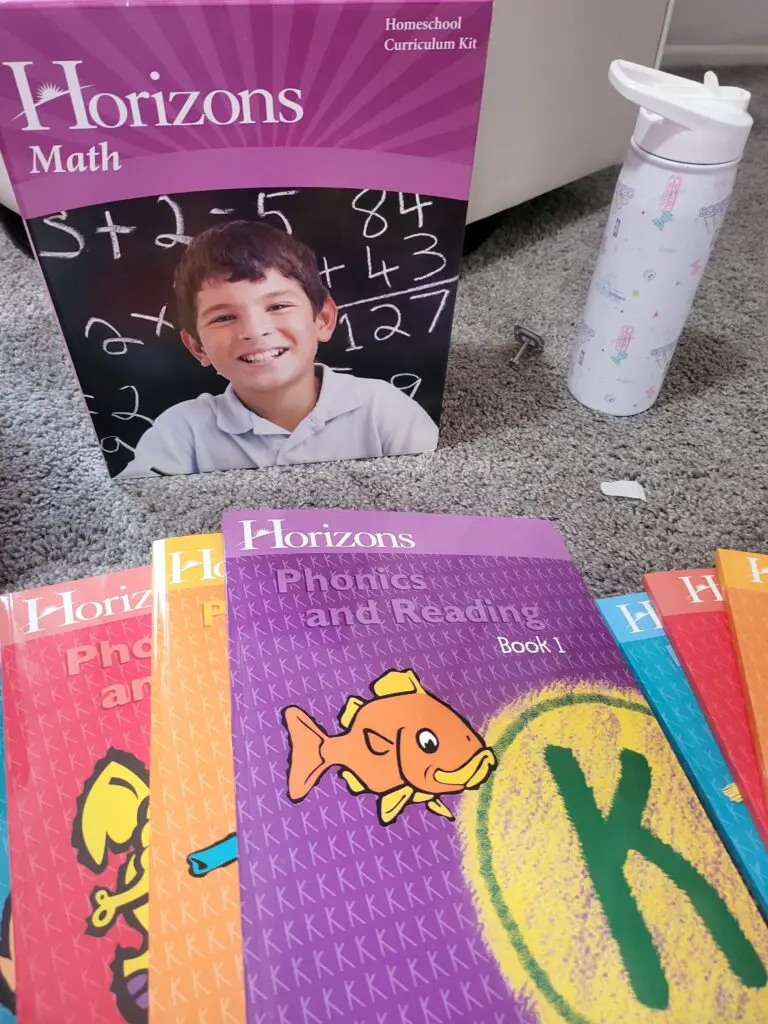How to Start Homeschooling in 2025: Your Complete Step-by-Step Guide
Taking the Leap Into Homeschooling
So you’re thinking about homeschooling. Maybe you’ve been considering it for months, or maybe recent events pushed this decision to the forefront overnight. Either way, you’re probably feeling a mix of excitement and absolute terror right now. I remember that feeling so clearly—lying awake at night wondering if I could actually do this, if my kids would turn out okay, if I was making a huge mistake.
Here’s something that gave me courage: homeschooling has grown by 63% over the past five years, with over 3.7 million students now learning at home. You’re not pioneering some radical experiment—you’re joining a massive, supportive community of families who’ve successfully navigated exactly what you’re facing right now.
Starting homeschooling feels overwhelming because there are so many moving parts: legal requirements, curriculum choices, schedule creation, socialization concerns, and a thousand other questions bouncing around your brain. But here’s the truth—it’s actually much simpler than it seems once you break it down into manageable steps.
In this comprehensive guide, I’ll walk you through exactly how to start homeschooling, from the legal paperwork to your first day of lessons. I’ll share the mistakes I made so you can avoid them, the strategies that worked brilliantly, and the practical details nobody tells you until you’re already drowning. By the end, you’ll have a clear roadmap for launching your homeschool with confidence instead of chaos.
Let’s do this!
Understanding Your State’s Homeschool Laws and Requirements
Before you buy a single curriculum or withdraw your child from school, you need to understand your state’s specific homeschool laws. This is non-negotiable and honestly way less complicated than it sounds.
- Notification requirements vary by state from simple letters to formal paperwork
- Attendance records must be maintained in most states
- Assessment or testing requirements differ significantly by location
- Subject requirements specify which topics you must cover
- Qualification requirements for parents in some states
- Record-keeping expectations for transcripts and portfolios
Every state has different homeschool laws, and understanding yours is absolutely critical. Some states like Texas and Alaska are incredibly homeschool-friendly with minimal requirements. Basically, you just need to teach reading, spelling, grammar, mathematics, and good citizenship. Other states like New York and Pennsylvania have much more stringent requirements including quarterly reports, annual assessments, and pre-approved curricula.
The best resource for your state’s specific laws is the Homeschool Legal Defense Association (HSLDA) website. They maintain up-to-date information for every state, written in plain English instead of confusing legal jargon. Your state probably also has a statewide homeschool organization with detailed guidance and often sample forms you can use.
Connect with local homeschoolers who can share practical experience with your state’s requirements. Sometimes the reality of enforcement differs from the letter of the law. For example, some states require a portfolio of work samples, but I learned from experienced families that a simple folder with representative samples is perfectly acceptable. You don’t need elaborate scrapbooks or comprehensive documentation of every worksheet completed.
Some states require you to establish a “home school” or register with the local school district. Others require notification to the superintendent. A few states, like mine, require absolutely nothing. You can simply withdraw your child and start teaching. The withdrawal process itself varies too. Some districts require formal withdrawal letters, others just need verbal notification, and some don’t need any notification at all if you’ve never enrolled your child in public school.
Don’t let anxiety about legal requirements paralyze you. Yes, you need to follow your state’s laws, but they’re generally much more straightforward than people fear. The vast majority of homeschool families navigate the legal requirements without any issues whatsoever. Take an afternoon to research your specific state requirements, complete any necessary paperwork, and then move forward with confidence.
Determining Your Homeschool Philosophy and Approach
Before drowning in curriculum catalogs, take time to think about what kind of homeschool you want to create. Your educational philosophy will guide every other decision you make.
- Traditional approach mirrors conventional schooling with textbooks and structured schedules
- Classical education emphasizes the trivium of grammar, logic, and rhetoric
- Charlotte Mason method uses living books, nature study, and short lessons
- Unschooling follows the child’s interests and natural learning
- Unit studies integrate subjects around central themes
- Eclectic homeschooling combines elements from multiple approaches
Many new homeschoolers assume they need to replicate traditional school at home, but that’s actually one of the least effective approaches! Schools are designed to manage 25-30 students simultaneously, all those systems and structures aren’t necessary when teaching your own kids. In fact, they often create unnecessary work and frustration.
I started with a very traditional approach because it felt safe and familiar. Textbooks for every subject, desks in our dining room, strict schedules from 8 AM to 3 PM. Within three weeks, we were all miserable. My son was bored, I was exhausted, and nobody was actually learning much despite all our efforts. That’s when I realized I needed to figure out what kind of homeschool would actually work for our family, not just copy what I experienced growing up.
Take time to think about your children’s learning styles. Do they learn best through hands-on activities or by reading and discussing? Are they energetic kids who need movement or contemplative children who enjoy quiet focus? Do they thrive with structure or prefer flexibility? There’s no right answer, just what’s right for YOUR kids.
Consider your own teaching style and preferences too. Are you organized and enjoy planning, or do you prefer spontaneity? Do you love diving deep into subjects or prefer covering basics efficiently? Are you comfortable teaching all subjects or would you rather use video instruction for some areas? Your homeschool needs to work for you as the teacher, not just for your students.
Think about your family’s values and what you want education to accomplish. Are you homeschooling primarily for academic excellence? To incorporate faith throughout learning? To accommodate learning differences? To have schedule flexibility for travel or other pursuits? To create closer family bonds? Your “why” will shape your “how.”
I eventually discovered that an eclectic approach worked best for us, a mix of structured curriculum for core subjects combined with interest-led learning for other areas. We use a math program with clear daily lessons because I need that structure, but our history and science follow wherever curiosity leads us. Some days look very school-like, other days involve spending hours building elaborate Lego creations while discussing engineering principles.
Give yourself permission to evolve. Your initial philosophy might shift as you gain experience and learn what actually works versus what sounds good in theory. I’ve changed our approach multiple times over the years, and that flexibility is a strength, not a weakness.
Choosing Your Homeschool Curriculum
Once you understand your state’s requirements and have a general philosophy, it’s time to select curriculum. This feels overwhelming, but I promise it gets easier.
- Complete curriculum packages provide everything in one purchase
- Subject-by-subject selection allows customization but requires more research
- Online programs offer convenience and often include video instruction
- Traditional textbooks provide familiar structure and clear progression
- Literature-based learning uses books as the primary educational tool
- Free resources from libraries and online sources can supplement or replace purchased curriculum
For your first year, I strongly recommend a complete curriculum package unless you have extensive teaching experience. Trying to piece together individual subjects while learning how to homeschool is like trying to cook a five-course meal while simultaneously learning to cook. It’s doable, but unnecessarily stressful.
Popular complete packages for beginners include Sonlight (literature-based with detailed instructor guides), The Good and the Beautiful (affordable, gentle approach with beautiful materials), Time4Learning (online, self-paced, completely automated), and Abeka (traditional, academically rigorous). Each has different philosophies and approaches. Spend time reading reviews and looking at samples before purchasing.
Don’t feel pressured to buy the most expensive or popular curriculum. I’ve seen excellent education happen with free library books and minimal purchased materials, and I’ve seen families struggle despite spending thousands on premium curricula. The curriculum is a tool. What matters is how you use it, and whether it fits your family.
Consider starting with just the core subjects: math, language arts (reading, writing, grammar), and one other subject s about teaching certain subjects. Some programs basically script every lesson, telling you exactly what to say and do. This might feel awkward initially, but it builds confidence remarkably quickly. After a few months of following scripted lessons, you’ll naturally develop your own teaching style.
Take advantage of placement tests offered by most curriculum publishers. Don’t automatically teach at your child’s grade level, teach at their actual skill level, which might be different. My second grader tested at a fourth-grade reading level but kindergarten math level. Using curriculum matched to her actual abilities rather than her age prevented both boredom and frustration.
Many curriculum companies offer sample lessons or money-back guarantees. Use these! Preview materials before committing to an entire year. Join homeschool Facebook groups where people sell used curriculum, you can often try a program for half price and resell it if it doesn’t work out.
Creating Your Homeschool Space and Gathering Supplies
You don’t need a dedicated homeschool room or fancy setup, but having organized materials and a functional space makes daily homeschooling much smoother.
- Designated learning area can be anywhere from a formal classroom to the kitchen table
- Storage solutions for books, supplies, and completed work
- Basic school supplies like pencils, paper, crayons, and scissors
- Reference materials including dictionary, atlas, and age-appropriate encyclopedia
- Technology needs such as computer, tablet, or internet access
- Library card which might be your most valuable homeschool resource
Forget the Pinterest-perfect homeschool rooms with matching furniture and color-coordinated organization systems. Those are lovely but completely unnecessary. We’ve homeschooled successfully from our kitchen table, on the back porch, at the park, and occasionally from the car during siblings’ activities. The location doesn’t matter nearly as much as consistency and focus.
That said, having a designated spot for supplies prevents the daily “where’s the pencil sharpener?” frustration. I use a simple rolling cart that holds our current books, supplies, and materials. It takes up minimal space but keeps everything together and portable. When we need the kitchen table for other purposes, the cart rolls into the corner. Nothing fancy, but it works perfectly.
Basic school supplies are shockingly affordable, you can stock up during back-to-school sales for a fraction of what you’d spend other times of year. We’re talking pencils, erasers, crayons, markers, glue sticks, scissors, lined paper, construction paper, and folders. That’s really all you need to start. Don’t overthink this part.
A good dictionary, atlas, and access to encyclopedic information (online or physical books) should be easily accessible. These reference materials get used constantly for looking up unfamiliar words, finding locations during history lessons, and researching topics that spark curiosity. I keep ours on a low shelf where the kids can grab them independently.
Technology requirements depend on your chosen curriculum. Some programs are entirely computer-based while others use no technology at all. We use a laptop for online math programs, research, and occasional educational videos, but probably 70% of our learning happens with physical books and hands-on activities. Decide what works for your family and your budget.
Your library card will become one of your most valuable homeschool tools. We check out 30-40 books every two weeks, supplementing our curriculum with additional reading on whatever we’re studying. Librarians often love helping homeschool families and can suggest age-appropriate books on any topic. Many libraries also offer free educational programs, museum passes, and digital resources like audiobooks and online courses.
Establishing Your Homeschool Schedule and Routine
Creating a sustainable daily rhythm is crucial for long-term homeschool success. Notice I said rhythm, not rigid schedule, there’s an important difference!
- Core learning time when you focus on essential subjects
- Morning routines that transition into school mode
- Break schedules preventing burnout and maintaining focus
- Flexible time blocks rather than minute-by-minute scheduling
- Weekly rhythms instead of identical daily schedules
- Year-round options versus traditional school-year calendars
Most homeschoolers are shocked to discover that actual instruction time is much shorter than school hours. Elementary students typically need only 2-3 focused hours daily. Middle schoolers might need 3-4 hours. High schoolers 4-5 hours. That’s it! The efficiency of one-on-one instruction means you accomplish in two hours what takes schools six hours with classroom management, transitions, and administrative tasks.
I recommend starting your school day after breakfast and morning routines, whenever that naturally falls for your family. We’re not morning people, so we rarely start before 10:30 AM. Other families prefer beginning at 7 AM and finishing by noon. The timing matters less than consistency, starting around the same time each day helps everyone’s brains shift into learning mode.
Focus on the most challenging subjects when everyone’s energy is highest. For most families, this means tackling math and language arts first. These subjects require the most concentration and parent involvement, so handling them when everyone’s fresh prevents afternoon battles. Save easier or more enjoyable subjects for later when focus naturally wanes.
Build in breaks! Working intensely for 30-45 minutes, then taking a 10-15 minute break dramatically improves learning retention. During breaks, kids can play outside, have a snack, do jumping jacks, or just zone out. These aren’t wasted time, they’re essential for processing information and maintaining motivation throughout the day.
I learned the hard way not to schedule every minute tightly. My initial schedule had us moving from subject to subject with no buffer time. Inevitably, math would take longer than expected or someone would need a bathroom break or the dog would escape (again), and suddenly we’d be “behind schedule” all day. Building in 15-30 minutes of buffer time between subjects transformed our days from stressful to manageable.
Consider a four-day school week, using the fifth day for field trips, co-op classes, catch-up work, or just breathing room. This flexibility is one of homeschooling’s greatest benefits! We use Fridays for library trips, nature walks, art projects, and whatever else we didn’t finish during the week. Knowing we have that buffer day prevents the panic when life interrupts our regular schedule.
Year-round homeschooling works beautifully for many families. Instead of the traditional nine-months-on, three-months-off schedule, you might school for six weeks then take a two-week break. Or school lightly through summer, taking extended breaks during other seasons. We’ve done both traditional and year-round schedules—both work, they’re just different rhythms.
Addressing Socialization and Building Community
The dreaded socialization question! Here’s the reality: homeschooled kids typically have more diverse social experiences than their traditionally schooled peers, not fewer.
- Homeschool co-ops offering classes and social interaction
- Community activities like sports, scouts, music lessons, and art classes
- Local homeschool groups organizing field trips and park days
- Volunteer opportunities providing real-world social experiences
- Neighborhood friendships that happen naturally through play
- Family relationships growing stronger through increased time together
Homeschooled children interact regularly with people of all ages, instead of being segregated with same-age peers all day. They learn to communicate comfortably with diverse people in real-world situations. This is actually superior socialization compared to institutional schooling where kids primarily interact with same-age classmates in artificial settings.
That said, you do need to be intentional about providing social opportunities, especially if you have only children or live in isolated areas. This doesn’t mean over-scheduling. Quality matters more than quantity. A few regular activities where your child builds genuine friendships beats a packed schedule of superficial interactions.
Homeschool co-ops have been invaluable for us. We participate in a weekly co-op where volunteer parents teach classes their children attend together. My kids take art, science labs, and PE at co-op, giving me a teaching break while they interact with other homeschoolers. The friendships formed at co-op have become some of their deepest relationships.
Local homeschool groups organize field trips, park days, holiday parties, and other social events. Most areas have multiple groups with different focuses like secular, Christian, classical education, unschooling, etc. Find one that aligns with your family’s values and approach. These groups also provide crucial support for parents, connecting you with experienced homeschoolers who can answer questions and provide encouragement.
Don’t forget regular community activities! Sports leagues, dance classes, martial arts, music lessons, theater groups, 4-H, scouts, and church youth groups all provide social interaction with both homeschooled and traditionally schooled children. My kids have friends from all these various activities, some homeschooled, some not.
Volunteer work offers wonderful social opportunities while teaching empathy and civic responsibility. We’ve volunteered at food banks, animal shelters, nursing homes, and community gardens. These experiences provide intergenerational interaction and real-world social skills that classroom settings can’t replicate.
Honestly, we’ve never struggled with insufficient socialization. If anything, I sometimes have to limit activities to ensure we have enough family time and unstructured play! The kids who struggle socially are usually over-scheduled, not under-socialized.
Planning Your First Month of Homeschool
Your first month sets the tone for your entire homeschool journey. Start slowly, give yourself grace, and focus on establishing rhythm rather than perfect execution.
- Begin with core subjects only rather than attempting everything immediately
- Shorter school days while everyone adjusts to the new routine
- Flexibility and patience as you discover what works for your family
- Regular check-ins assessing what’s working and what isn’t
- Celebration of small wins to build confidence and momentum
- Adjustment expectations knowing the first month is learning mode for everyone
Do not try to do everything perfectly from day one. I repeat: DO NOT try to start with a full schedule including every subject, extracurricular activity, and enrichment class. You will burn out within two weeks. Trust me on this, I learned it the hard way and have watched dozens of families make the same mistake.
Start with just math and language arts for the first week or two. Get comfortable with your curriculum, establish a basic routine, and let everyone adjust to being together all day. Once those subjects feel manageable, add one more subject. Then another. Build gradually rather than trying to sprint from the starting line.
Your first days will likely feel weird and awkward. That’s completely normal! You’re learning to teach, your kids are learning to learn differently, and everyone’s figuring out new rhythms. Give it at least a month before making major judgments about whether curriculum or approaches are working.
Plan something fun for your first day. Maybe a special breakfast, a nature walk, or a field trip. Create positive associations with homeschooling from the beginning. We took a “first day of school” photo that I still treasure, marking the beginning of an incredible journey.
Expect lessons to take longer than anticipated initially. You’re learning to teach effectively, and your kids are learning to focus without classroom structure. Math that “should” take 30 minutes might take an hour at first. That’s okay! Efficiency comes with practice.
Check in with your kids regularly during the first month. How are they feeling? What do they like? What’s frustrating? Their feedback will help you make adjustments before minor issues become major problems. My daughter mentioned she hated starting with math when her brain wasn’t fully awake yet, so we switched to starting with reading. Simple adjustment, huge improvement in attitude.
Celebrate progress, no matter how small. Finished a whole week of school? That’s worth celebrating! Got through a difficult math concept? Ice cream time! These small celebrations build positive momentum and help everyone see homeschooling as an adventure rather than a burden.
Handling Common Challenges and Concerns
Every homeschooler faces challenges—knowing they’re normal and having strategies to address them makes all the difference.
- Self-doubt and confidence issues questioning your ability to teach
- Resistance from children adjusting to new expectations
- Curriculum that’s not working requiring mid-course changes
- Time management struggles balancing homeschool with other responsibilities
- Comparison and competition with other homeschool families
- Critical family members who don’t support your decision
Self-doubt is probably the most common struggle, especially early on. You’ll have days when you’re convinced you’re ruining your children and they’d be better off in school. I still have those days occasionally, and I’ve been homeschooling for years! These feelings are normal and don’t mean you’re actually failing, they mean you care deeply about doing this well.
When self-doubt creeps in, I remind myself why we started homeschooling in the first place. I look at evidence of learning, concepts my kids have mastered, books they’ve read, interests they’ve developed. I talk with other homeschool parents who reassure me that everyone feels this way sometimes. I remind myself that school teachers have education degrees and still have plenty of bad teaching days, I’m doing just fine.
Child resistance is another common challenge, particularly if you’re pulling kids from school they enjoyed. They miss friends, familiar routines, and maybe the social aspects of school. Give them time to adjust and validate their feelings while maintaining consistency with homeschool. Most kids adapt within 4-6 weeks once they discover homeschool benefits like flexible schedules and pursuing interests deeply.
If curriculum isn’t working after giving it a fair try (at least 4-6 weeks for most programs), change it! You’re not locked into anything. I’ve switched curriculum mid-year multiple times when something clearly wasn’t effective. Some families feel like changing curriculum is admitting failure, but it’s actually smart adaptation to your child’s needs.
Time management is real and challenging, especially if you’re working, have young children, or have other significant responsibilities. Be realistic about what you can accomplish. A simple, streamlined homeschool that actually happens beats an elaborate plan that stays perpetually on your to-do list. Some seasons of life require bare-bones homeschooling, and that’s perfectly acceptable.
Avoid comparing your homeschool to others. Social media shows everyone’s highlight reel, those Pinterest-perfect craft projects and field trips to incredible destinations. You’re not seeing the messy days, the tears, the frustrations every family experiences. Focus on your family’s progress and goals, not anyone else’s.
Dealing with critical family members requires patience and firm boundaries. Some people won’t ever understand or support homeschooling, and that’s their issue, not yours. Share your reasons once, demonstrate through results that your children are thriving, and then stop engaging with criticism. You don’t need everyone’s approval to make good decisions for your family.
Conclusion: You’re Ready to Begin!
Learning how to start homeschooling involves many steps, but none of them are actually that difficult when taken one at a time. You’ve learned about legal requirements, educational philosophies, curriculum selection, space setup, scheduling, socialization, and handling challenges. You have the knowledge you need to begin!
Remember that starting doesn’t require perfection, it requires commitment and willingness to learn alongside your children. Your first year is as much about you learning to homeschool as it is about your children learning academics. Give yourself the same grace and patience you extend to your kids when they’re learning something new.
The homeschool community is incredibly supportive and genuinely wants you to succeed. Reach out to local groups, join online forums, and ask questions without embarrassment. We’ve all been exactly where you are right now, feeling overwhelmed and uncertain. And we’ve all discovered that homeschooling, while challenging at times, is also incredibly rewarding and absolutely doable.
Start small, stay flexible, and focus on building relationships while facilitating learning. The fact that you’ve read this entire guide shows how much you care about making thoughtful, informed decisions for your children. That caring and intentionality matters more than any curriculum or teaching method ever could.
Take a deep breath. Make a plan. Take the first step. You can do this, and your children are fortunate to have a parent willing to embark on this journey with them.
What’s your biggest question or concern about starting homeschooling? The community is here to help you every step of the way. Welcome to the adventure, you’re going to do great!
Let’s get started!
